
With urban development and the improvement of residents' living standards, the discharge of municipal waste is increasing daily. The generation of large amounts of domestic waste affects our living environment, polluting the air, occupying land, and contaminating water bodies. The disposal of municipal solid waste has become a major challenge for modern cities. Currently, the main methods of waste disposal are incineration and landfilling. However, regardless of the treatment method, waste leachate is produced. The treatment of waste leachate has become one of the most important factors affecting urban development.
Characteristics of Waste Leachate:
(1) The leachate water quality is highly complex, containing not only oxygen-consuming organic pollutants but also various metals and plant nutrients (such as ammonia nitrogen). If industrial waste is co-disposed in landfills, the leachate will also contain toxic and harmful organic pollutants.
(2) High concentrations of COD and BOD, which can reach up to tens of thousands, far exceeding those in municipal wastewater.
(3) Leachate contains a wide variety of organic pollutants, including hard-to-biodegrade compounds such as naphthalene, phenanthrene and other non-chlorinated aromatic compounds, chlorinated aromatic compounds, phosphoric acid esters, phthalate esters, phenolic compounds, and aniline compounds.
(4) Leachate contains more than ten types of metal ions, among which heavy metal ions can severely inhibit biological treatment processes.
(5) High ammonia nitrogen content and an imbalanced C/N ratio pose certain difficulties for biological treatment.
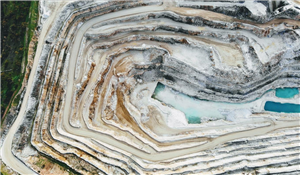
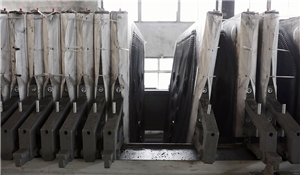

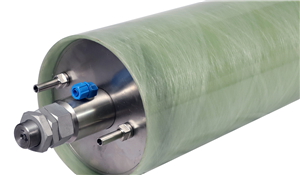



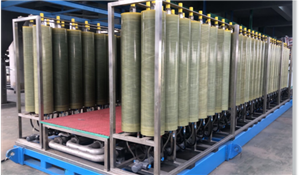
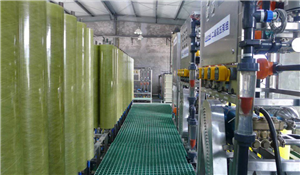
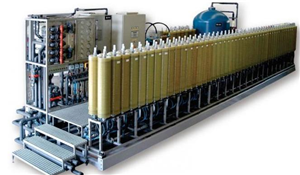


Henan Yuanhede Industrial Technology Co., Ltd.
East Industrial Park, Yuzhou City, Henan Province, China.
(+86)139 3822 7726
info@yhdegroup.com
www.yhdegroup.com